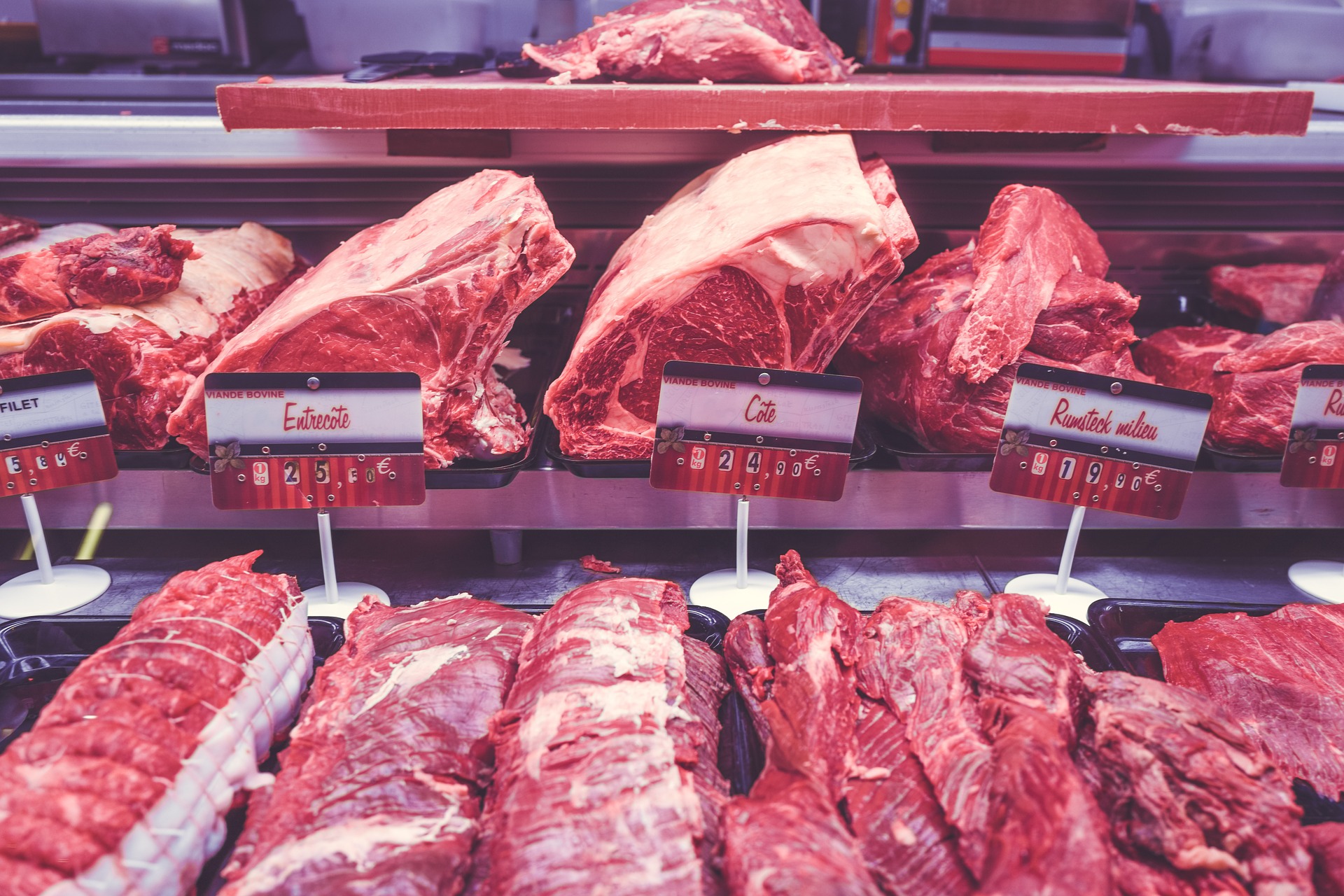Listeria outbreaks are becoming quite common with time. A new study has found disturbing evidence that the normally “harmless” pathogen is developing potentially harmful characteristics at an alarming pace. What’s more, the bacteria were collected from meat samples in the food processing facilities.
A strain of the microbe, Listeria monocytogenes, is commonly found in the food processing industry and is harmful to humans. It not only causes severe illness, but it is also becoming increasingly resistant to food safety measures taken around the world.
Worryingly, two different harmless species of Listeria were found to possess genetic changes that may be harmful to humans, SciTechDaily reported.
The Whole Genome Sequencing study in South Africa, led by a team of researchers at the University of Johannesburg, found some of the changing characteristics of Listeria found in the country.
The study, published in the journal Microbiology Spectrum, showed that Listeria innocua strains are developing resistance to stresses such as temperature, pH, and dehydration. Also, hypervirulence observed in the strained is genetically identical to that of Listeria monocytogenes.
“The Listeria innocua that we tested has some of the genes that are also found in pathogenic Listeria monocytogenes,” lead author, Dr. Thendo Mafuna from the Department of Biochemistry at the University of Johannesburg said. These shared genes can cause disease in humans and induce stress tolerance to the disinfectant Benzalkonium chloride (BC or BAC).
Moreover, some strains of L. innocua and L. welshimeri had all three genes resistant to the widely-used disinfectant from the quaternary ammonium compound (QAC or QUAT) group of chemicals, the study found.
“Big industrial food processors may want to investigate how efficient BC or quat disinfectants are in their facilities. This can be done by taking swabs before cleaning and again after cleaning, culturing those, to see how well the disinfectant regimes are working,” Mafuna noted, according to the outlet.
The two non-pathogenic strains of Listeria were found in samples taken from raw, dried and processed meats at commercial food processing facilities in the country.
For the study, 258 strains from butcheries, abbatoirs, retail outlets, cold stores, and processing facilities from across the country were analyzed. Of the samples, 38 of them were found to be nonpathogenic L. Innocua and three were nonpathogenic L. welshimeri.
“We need to look at our own facilities in South Africa to really see what is happening. Our analyses of these bacteria can help us predict which sequence types to be on the lookout for,” Mafuna commented.
Last year, a listeria outbreak affected 10 states in the U.S. The Centers for Disease Control and Prevention (CDC) issued a formal food safety alert on Big Olaf Creamery ice cream products. Based on the map the CDC posted online, the Listeria cases were reported in the following states: Florida, Georgia, Illinois, Kansas, Colorado, Minnesota, Pennsylvania, New York, Massachusetts, and New Jersey.


